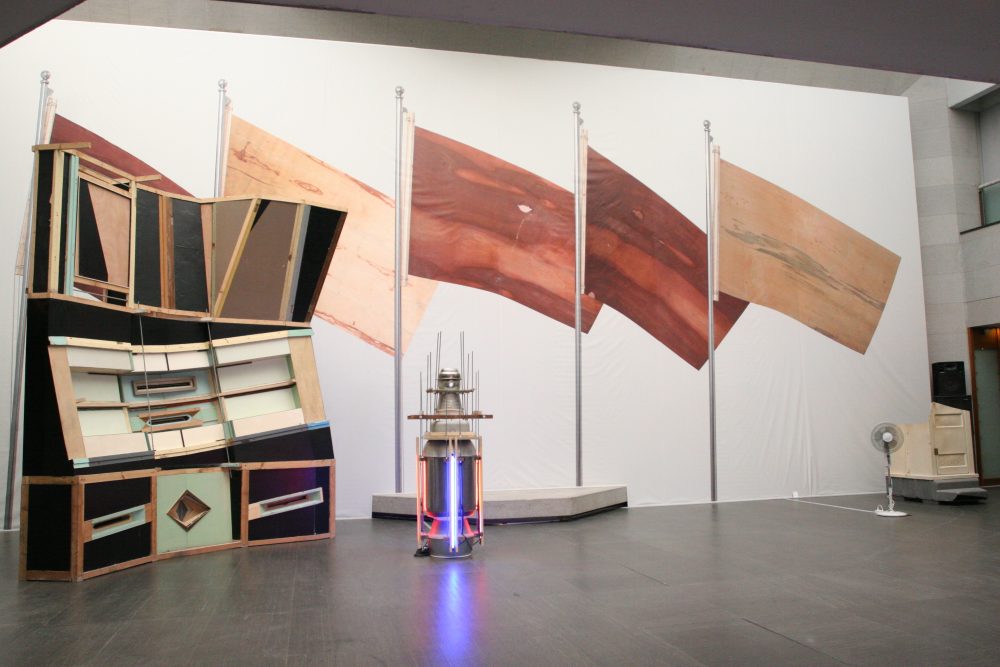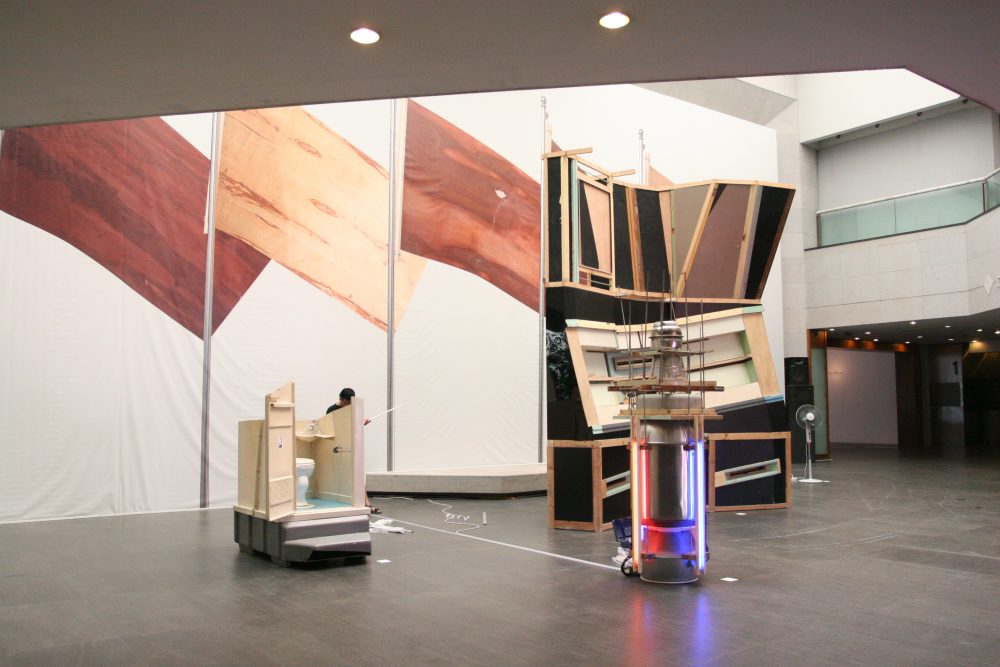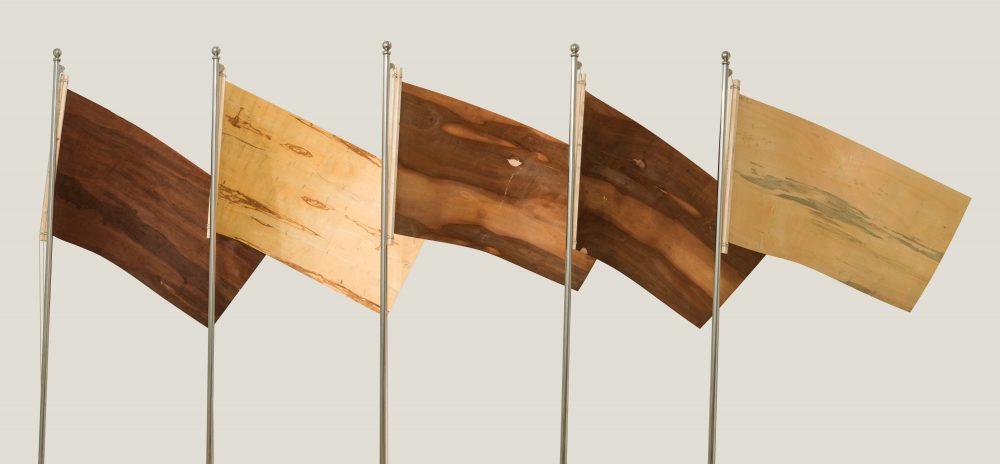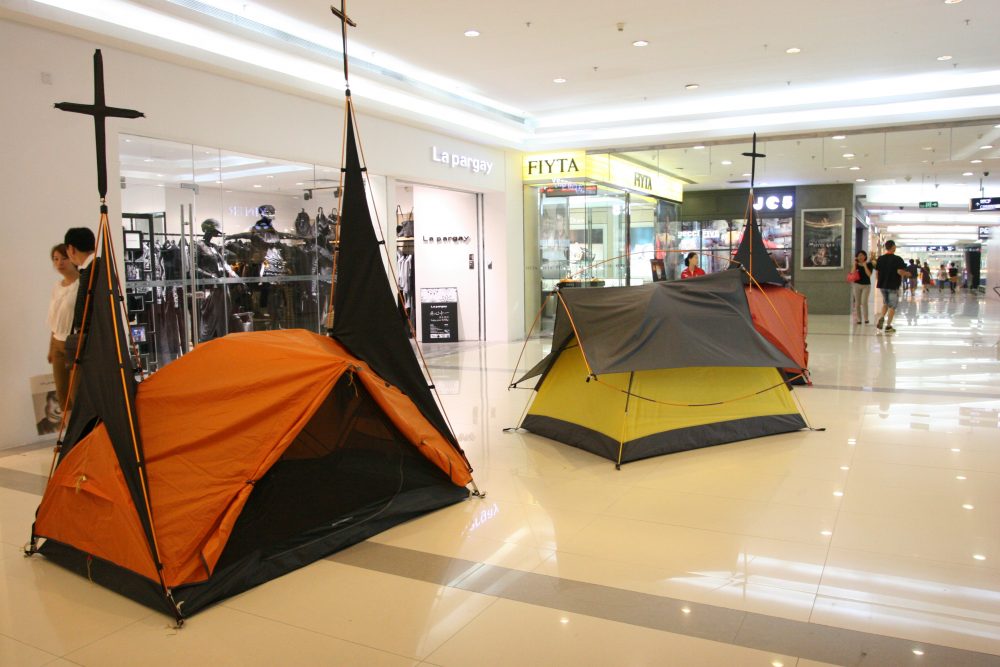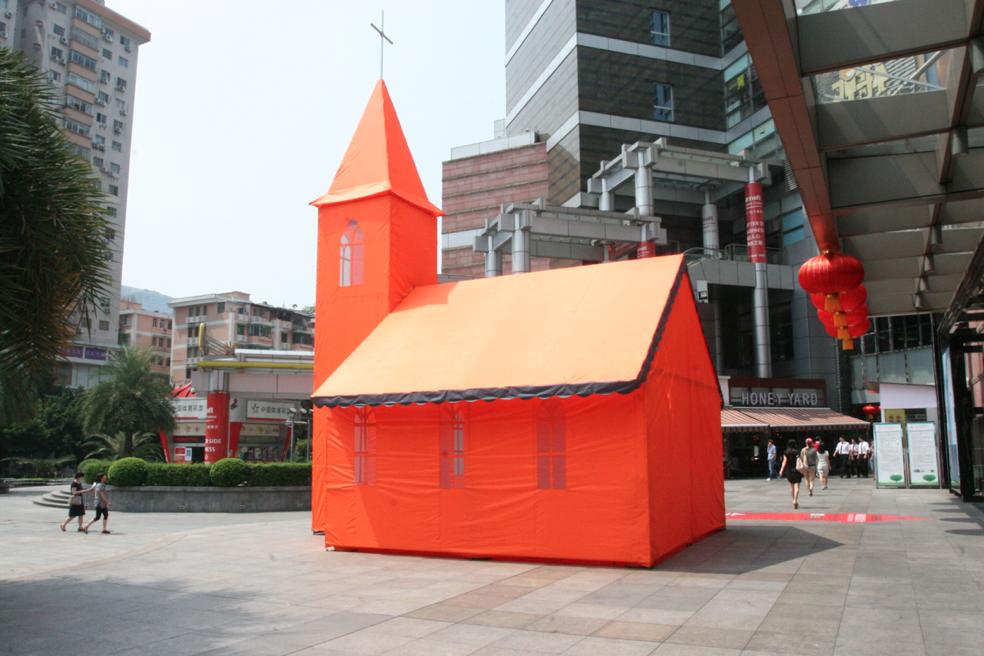-
2012.09.28-2012.12.16
The Guangdong Museum of Art, GuangzhouThe theme of this exhibition is straightforward, despite its suggestion of obscurity. Its title, the Unseen, a simple term with easy access, is a point of departure for a vast range of possible meanings that touch on the complexity of ways of seeing, blindness and envisaging, especially with respect to visual art. The Unseen, focusing our attention on the invisible, or even the uncertainties of their existence, by no means precludes the visible. In Chinese, it can be translated as jian suo wei jian, literally, ‘to see the unseen’. The Unseen refers to the limitations of our sensory organs, the narrow confines of human perception on the one hand; on the other, paradoxically, it gives rise to observations that transcend familiar experience.
The Unseen is apprehended as a visual journey through both space and time. Concerning the former, it might refer to distance – something perhaps light years away or, simply, hidden behind a wall – or that which is veiled, wrapped, or confined. It can signify slippage between different political and cultural realms, so that what is easily seen in our milieu is unseen in others, and vice versa. In order to pursue the Unseen, we are obliged to communicate through cultural diversity, whereby politics, class, race, and identity can be reinterpreted or misinterpreted, with accuracy lost in translation. Furthermore, it asserts a present tense and provides instant space for imagination. Neither the past nor the future presents itself in reality, and so each generation is bounded by its own Unseen.
The Unseen has been appropriated to create a variety of versions of history, which lead to different ideological, moral and cultural propositions, simultaneously to shape anticipation and anxiety with respect to the future. Beyond our grasp of the material world, the Unseen resides in impulses that resist representation, in realms of desire. For those with a spiritual tendency, towards ‘the substance of things hoped for, the evidence of things not seen’, it constitutes faith in an infinity beyond the finite, in an eternity beyond the ephemeral.
The Unseen has wide appeal, embracing and belonging to each of us. The exhibition provides a space for reflection, visually-led thinking, practice and reading, a platform to be shared by artists and others for creative dialogue around sustainable, extendable and transformable philosophical positions. It is about what we know and about the unknown; it is about our belief, the rationale of incredulity, and the assurance of hope. The Fourth Guangzhou Triennial is set in three different areas, each area serving a different function: the Guangdong Museum of Art, as an exhibition space, the Guangzhou Opera House, as a performance space, and the Grandview Mall – one of the largest shopping centres in Southern China – as a public, non-museum space.
